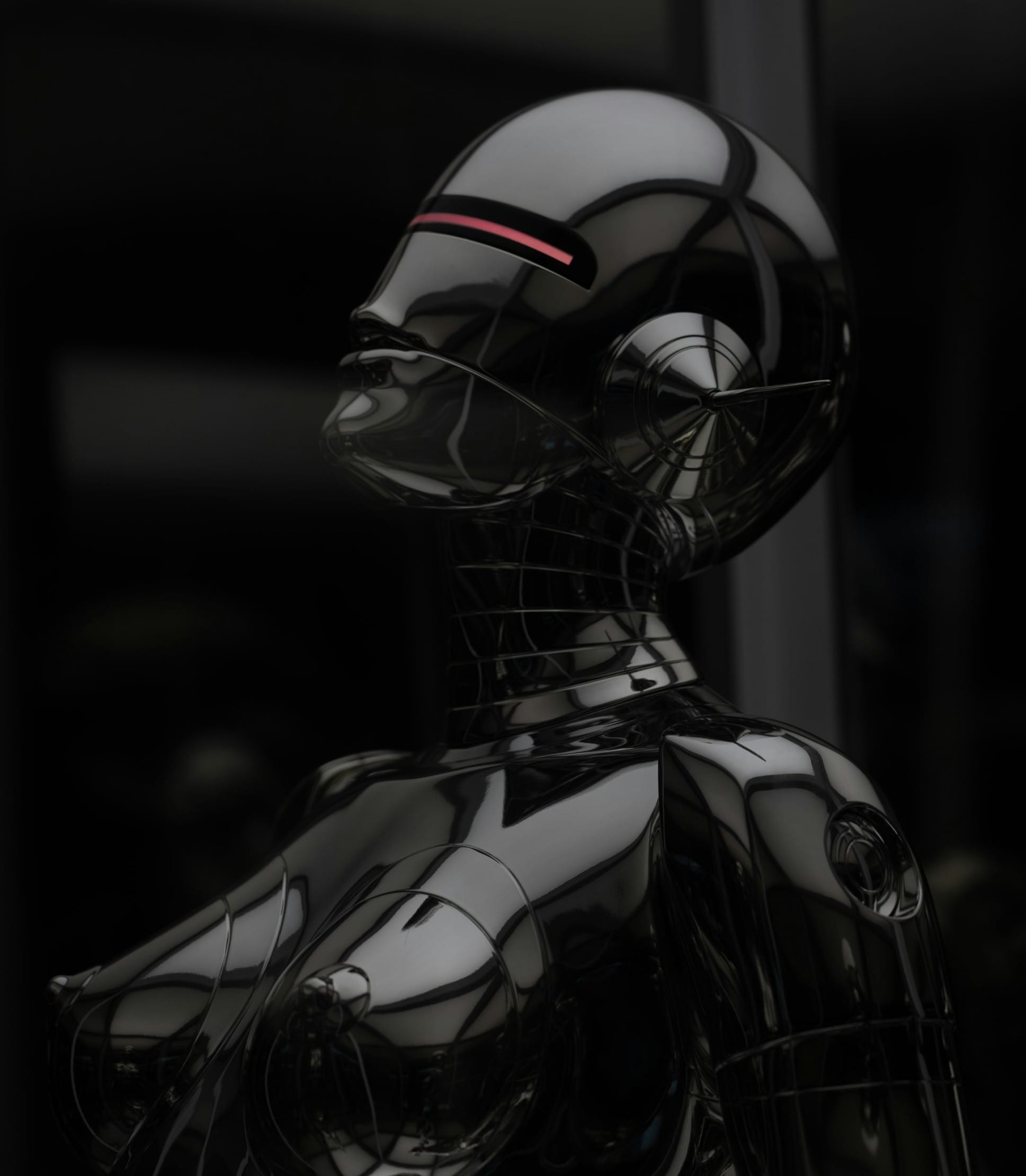Predicting Crime or Automating Bias?: The Risky Future of AI Policing
AI is reshaping policing, but biased data and black-box tools raise concerns. Is predictive policing justice — or automation of injustice?

What if a computer could predict where crime will happen — or even who might commit it?
That’s not science fiction. Across the U.S., U.K., India, and China, law enforcement agencies are increasingly turning to predictive policing algorithms, facial recognition tools, and surveillance AIs to fight crime in real time.
But as these tools gain power, so do the risks. Because behind every prediction is data that reflects real-world inequality — and the line between crime prevention and civil rights violation is wearing thin.
Is AI making us safer, or just automating the bias we failed to fix?
How AI Is Being Used in Policing
AI systems in law enforcement typically fall into three categories:
- Predictive policing tools that forecast crime “hot spots” or “high-risk individuals”
- Facial recognition and license plate readers used for identification
- Natural language processing for flagging online threats or scanning reports
Tools like PredPol, ShotSpotter, and Clearview AI are already active in multiple cities — sometimes with little public knowledge or regulation.
The Data Problem: Bias In, Bias Out
AI doesn’t invent its own idea of criminality. It learns from historic crime data — and that’s the core issue.
If past policing disproportionately targeted certain neighborhoods, races, or economic groups, the AI simply amplifies those patterns:
- Over-policed communities appear more “dangerous” in the data
- Arrest records — not convictions — are often used
- Socioeconomic and racial profiling become self-reinforcing
A 2019 report by the AI Now Institute called predictive policing systems "fundamentally flawed and racially biased by design."
Transparency and Accountability Are Missing
Most AI policing systems operate as black boxes. There’s limited visibility into:
- How decisions are made
- What data is used
- How errors or false positives are handled
In practice, this lack of transparency can lead to:
- Unjust surveillance
- False arrests
- Violation of due process
When an AI flags someone as “high-risk,” what rights do they have to challenge it? In most jurisdictions, very few.
Can AI Policing Be Fixed — or Should It Be Scrapped?
Reforming AI in policing would require:
- Transparent, auditable systems
- Strict bias mitigation protocols
- Oversight boards with civil rights representation
- Clear rules for human-in-the-loop accountability
Some argue these fixes are insufficient — and that AI should not be used in policing at all until society can ensure equitable justice systems.
Conclusion: Code Is Not a Cop
The dream of data-driven safety is powerful. But without radical transparency, oversight, and ethical design, AI policing risks becoming a high-tech form of discrimination.
The future of public safety may involve AI — but it must also center human rights, not just computational efficiency.